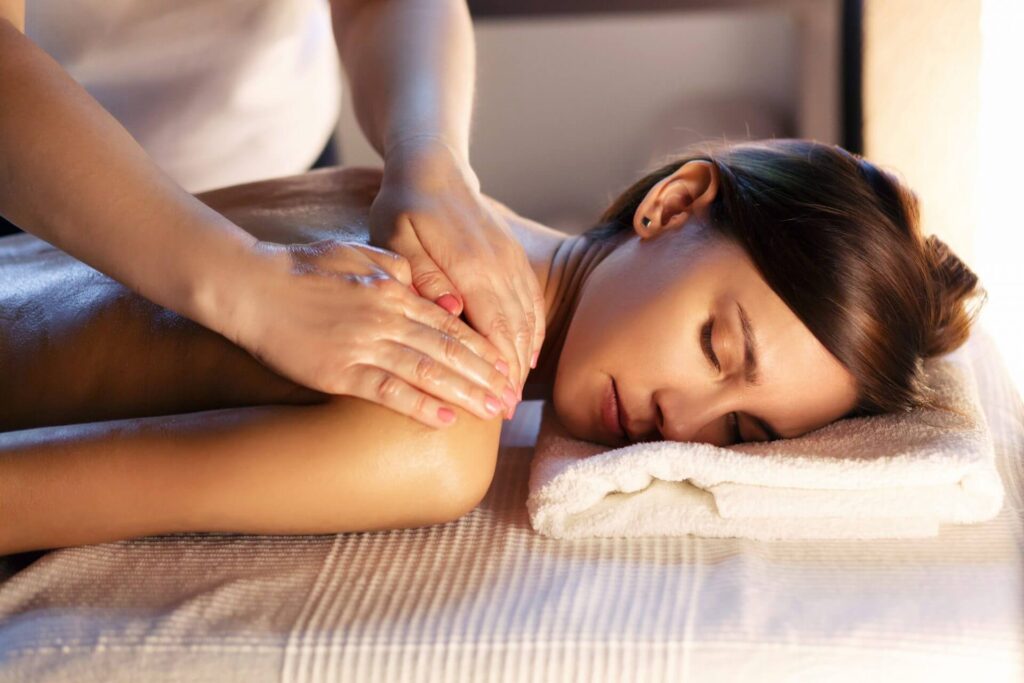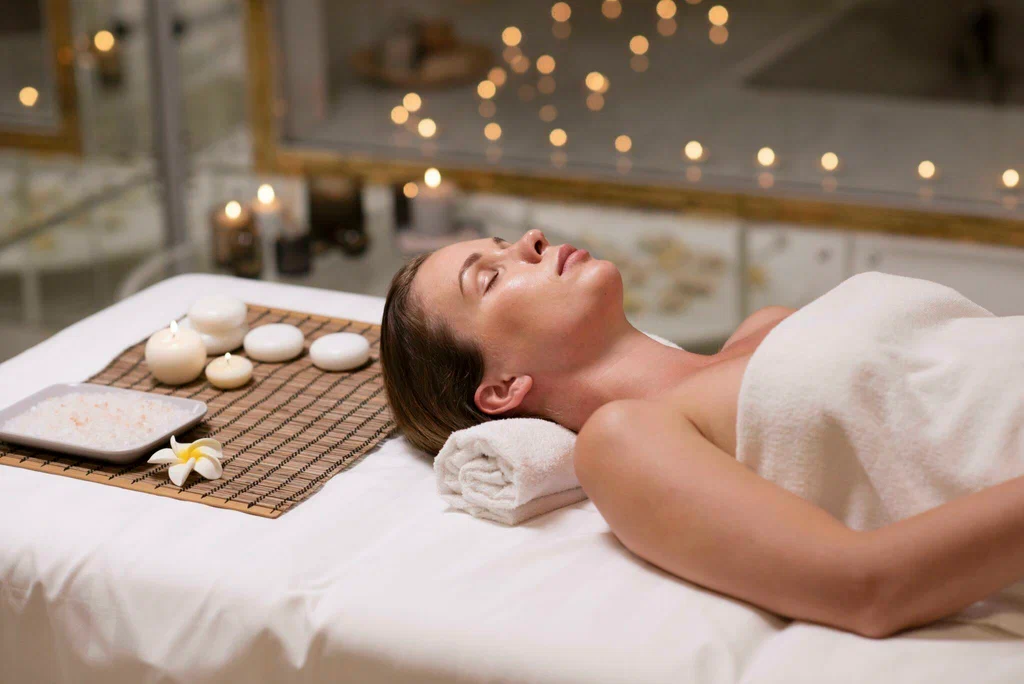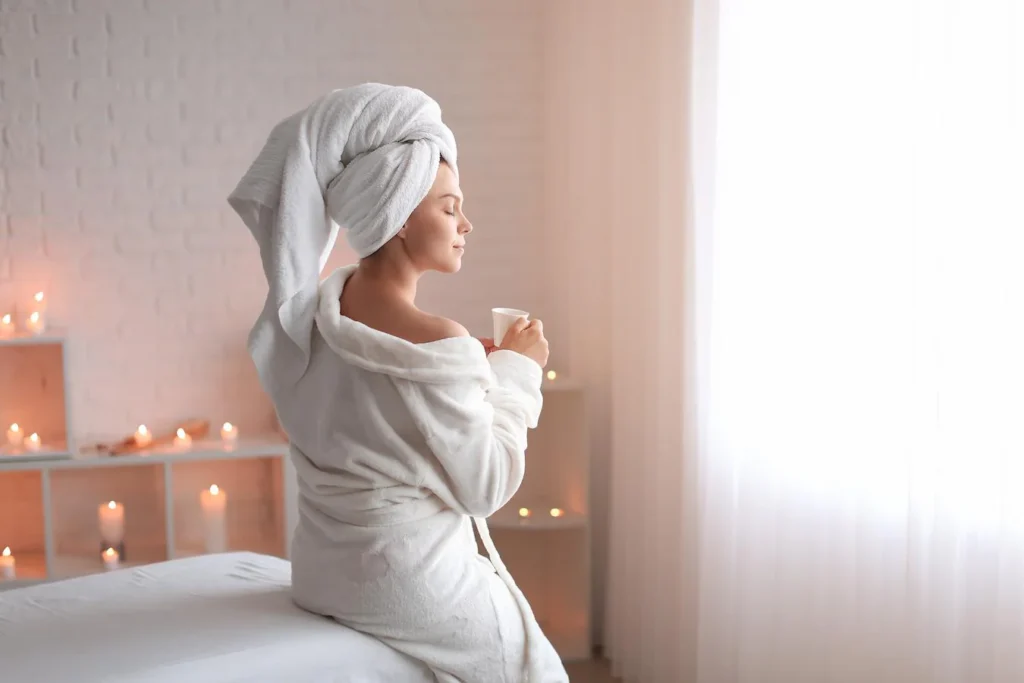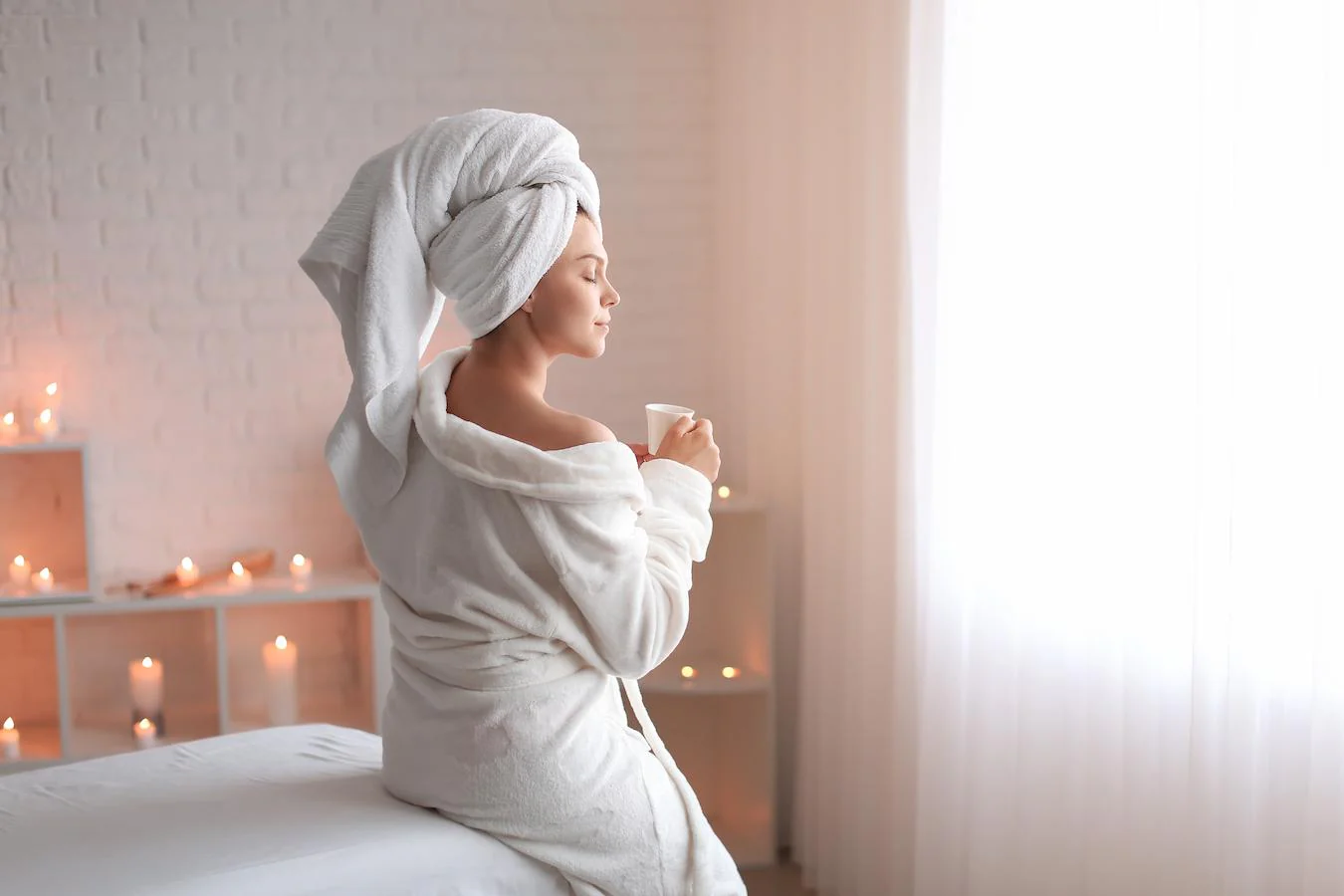
Spa Rituals from Around the World: Ancient Traditions That Inspire Modern Relaxation
In today’s fast-paced world, wellness and self-care have become more important than ever. People are constantly seeking ways to relax, rejuvenate, and reconnect with themselves. One of the most enriching ways to achieve this is through global spa rituals, which draw from centuries-old traditions and cultural practices around the world. From the soothing steam of the Hammam in Morocco to the holistic touch of Ayurveda in India, these traditional wellness treatments not only relax the body but also nourish the mind and soul. This comprehensive guide explores some of the most celebrated cultural spa experiences and how they inspire modern relaxation practices.
1. The Timeless Appeal of Global Spa Rituals
Spa rituals have existed for thousands of years, often deeply intertwined with a culture’s approach to health, spirituality, and community. Across the globe, ancient civilizations recognized the therapeutic benefits of water, massage, heat, and aromatic treatments. Today, these global spa rituals are not just luxury experiences; they are tools for enhancing well-being, improving circulation, relieving stress, and promoting mental clarity.
Whether it’s the cleansing ceremonies in the Hammam, the rhythmic techniques of Thai massage, or the herbal therapies of Ayurveda, these rituals combine the wisdom of the past with modern wellness innovations. Each culture offers a unique approach, yet all share a common goal: to restore balance and harmony to body and mind.
2. Hammam: The Moroccan Steam Bath

2.1 Origins and Cultural Significance
The Hammam, or traditional Moroccan steam bath, has its roots in ancient Roman bathing practices but evolved uniquely within Arab and Berber cultures. The Hammam is more than just a place to cleanse the body—it is a social and spiritual experience. Historically, it was a communal space where people gathered to relax, socialize, and perform purification rituals.
2.2 The Ritual Experience
A typical Hammam session begins with warm steam to open pores, followed by exfoliation using a coarse glove called a kessa. This scrub removes dead skin and stimulates circulation. After exfoliation, natural black soap (Beldi soap) is applied to nourish and cleanse the skin. The experience is completed with a relaxing massage using argan oil or herbal-infused oils.
2.3 Modern Adaptations
Today, Hammam rituals are offered worldwide, blending traditional techniques with luxury spa elements such as aromatherapy, essential oils, and heated marble beds. Many modern spas emphasize the meditative aspect of the ritual, encouraging guests to slow down and engage in mindful relaxation.
3. Thai Massage: The Art of Healing Touch
3.1 Historical Background
Originating over 2,500 years ago in Thailand, Thai massage is deeply rooted in Buddhist medicine and traditional Thai healing practices. It incorporates aspects of yoga, acupressure, and energy line therapy, aiming to balance the body’s energy pathways, known as Sen lines.
3.2 Techniques and Benefits
Thai massage is characterized by a combination of gentle stretching, rhythmic compression, and acupressure. Unlike conventional massage, Thai massage often involves the practitioner moving the recipient into yoga-like positions. Benefits include:
- Improved flexibility and joint mobility
- Relief from muscle tension and chronic pain
- Enhanced circulation and energy flow
- Stress reduction and mental clarity
3.3 Cultural Spa Experience
In Thailand, receiving a traditional Thai massage is not just a wellness routine but a spiritual and cultural journey. Practitioners often incorporate meditation, herbal compresses, and natural oils to enhance the healing effects. For modern spa-goers, Thai massage offers a unique blend of physical rejuvenation and cultural immersion.
4. Ayurveda: India’s Holistic Healing Tradition

4.1 Philosophy and Origins
Ayurveda, the traditional medicine system of India, dates back over 5,000 years. Its philosophy emphasizes balance between the body, mind, and spirit, guided by the three doshas: Vata, Pitta, and Kapha. Each person’s dosha influences their physical constitution and predisposition to certain health conditions.
4.2 Ayurvedic Treatments
Ayurvedic spa rituals often include:
- Abhyanga: Warm oil massage tailored to the individual’s dosha, promoting relaxation and detoxification
- Shirodhara: Continuous pouring of warm herbal oils on the forehead to calm the nervous system and improve mental clarity
- Pizhichil: A luxurious treatment combining oil massage and warm herbal baths
- Herbal steam therapy: Detoxification using medicinal herbs in steam
4.3 Benefits of Ayurvedic Wellness
These traditional wellness treatments are known to enhance circulation, relieve stress, improve skin health, and support the immune system. The personalized approach ensures that each session addresses the individual’s physical and emotional needs, making Ayurveda one of the most profound cultural spa experiences available today.
5. Balinese Spa: Island Tranquility
5.1 The Roots of Balinese Spa Rituals
Balinese spa traditions combine ancient healing practices from Indonesia with influences from India and China. These rituals are deeply connected to spiritual practices, emphasizing harmony between body, mind, and nature.
5.2 Signature Treatments
- Balinese Massage: Combines gentle stretches, acupressure, and long strokes to relieve tension and stimulate energy flow
- Boreh: A warming body treatment using herbal pastes to improve circulation and ease muscle aches
- Flower Baths and Aromatherapy: Incorporating local flowers and essential oils for relaxation and rejuvenation
- Hot Stone Therapy: Heated stones applied to key energy points for deep muscle relaxation
5.3 Modern Balinese Spa Experiences
Today, Balinese-inspired spas around the world replicate the island’s serene atmosphere with open-air treatment rooms, traditional music, and natural materials. Guests often experience a multisensory journey that combines physical relaxation with emotional and spiritual renewal.
6. Common Threads in Global Spa Rituals

Despite the differences in geography and technique, global spa rituals share several key elements:
- Connection to Nature: Use of natural oils, herbs, minerals, and water.
- Holistic Approach: Focus on body, mind, and spirit rather than isolated treatment.
- Ritualistic Steps: Each ritual has a deliberate sequence, often involving preparation, cleansing, massage, and relaxation.
- Cultural Significance: Each spa tradition carries deep cultural roots, reflecting the values and beliefs of its society.
- Healing and Wellness: The ultimate goal is restoring balance, reducing stress, and promoting long-term well-being.
7. Tips for Experiencing Cultural Spa Treatments
7.1 Preparing for Your Spa Ritual
- Research the specific spa and its cultural background.
- Understand the sequence of treatments to fully enjoy the ritual.
- Communicate health conditions or physical limitations to the therapist.
7.2 Choosing the Right Treatment
- Beginner-friendly: Start with gentle massages or short-duration sessions.
- Experienced spa-goers: Opt for multi-step rituals or longer treatments.
- Cultural immersion: Select rituals performed in traditional settings with authentic practitioners.
7.3 Maximizing Benefits
- Stay hydrated before and after treatments.
- Avoid heavy meals immediately before spa sessions.
- Engage in mindfulness or meditation to enhance relaxation.
- Maintain a regular routine of wellness practices for long-term benefits.
8. Modern Adaptations and Global Popularity

Today, spas worldwide incorporate elements of these traditional wellness treatments into contemporary settings. Luxury resorts and wellness centers offer signature packages inspired by Hammam, Thai massage, Ayurveda, and Balinese spa traditions, allowing travelers to experience global culture without leaving their home country.
The fusion of ancient techniques with modern amenities, such as aromatherapy, hydrotherapy, and climate-controlled environments, has made these rituals accessible to a global audience. Many modern spa programs also focus on education, teaching guests the history and significance of each treatment, further enhancing the cultural experience.
9. Benefits of Experiencing Global Spa Rituals
- Stress Reduction: Rituals help lower cortisol levels and promote relaxation.
- Improved Circulation: Techniques like massage, stretching, and hydrotherapy enhance blood flow.
- Detoxification: Sweating in Hammams or using herbal oils supports the body’s natural cleansing processes.
- Enhanced Flexibility and Muscle Relief: Thai and Balinese massages alleviate tension and improve mobility.
- Mental Clarity and Emotional Well-being: Treatments like Shirodhara induce calmness and mental clarity.
- Cultural Awareness: Experiencing rituals connects individuals to diverse traditions and philosophies.
10. Planning Your Global Spa Journey
- Decide whether you want an immersive experience in the country of origin or a local spa offering cultural treatments.
- Research reputable practitioners and spas that maintain traditional practices.
- Consider combining spa rituals with wellness retreats, yoga, or meditation sessions.
- Factor in travel logistics: duration, accommodations, and local cultural customs.
11. Conclusion

The world’s spa traditions offer more than relaxation—they are gateways to understanding the wisdom of ancient cultures. From the purifying Hammam rituals of Morocco to the energizing stretches of Thai massage, the holistic healing of Ayurveda, and the tranquil luxury of Balinese spa traditions, these cultural spa experiences provide profound benefits for body, mind, and soul.
Incorporating global spa rituals into your wellness routine can inspire modern relaxation, enhance your overall well-being, and offer a deeper appreciation of diverse cultures. Whether you are a beginner seeking gentle treatments or an experienced spa enthusiast exploring advanced techniques, the world of spa traditions offers endless opportunities for rejuvenation and cultural discovery.





Leave a Reply